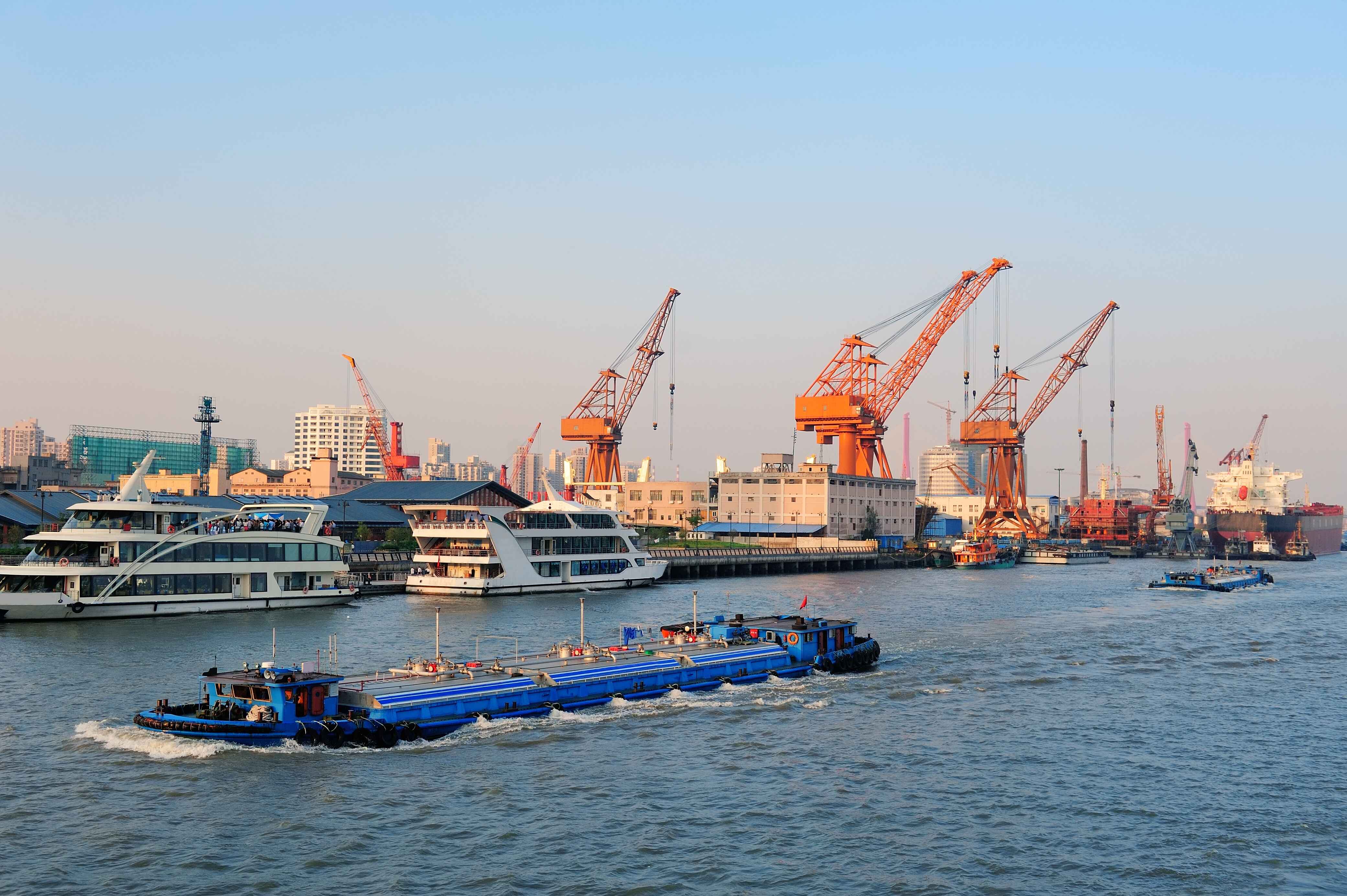
Maritime Asset Tokenization
Asset Tokenization
The maritime industry, a lifeline of global trade and transportation, is undergoing a transformation powered by the innovative concept of maritime asset tokenization. By harnessing the capabilities of blockchain technology, maritime assets tokenization offers fractional ownership, increased liquidity, and unprecedented accessibility to a diverse range of assets within the maritime sector. In this article, we delve into the types of maritime assets that can be tokenized, explore the benefits of maritime assets tokenization, and discuss its promising future.
Types of Maritime Assets for Tokenization:
1. Vessels:
Various types of ships, including cargo ships, tankers, container ships, cruise liners, and offshore support vessels, are included in the tokenization of maritime assets. By tokenizing boats, investors may now own portions of these priceless assets, expanding their access to investment opportunities that were previously only available to major players.
2. Port Infrastructure:
Port infrastructure assets including terminals, harbors, piers, and cargo yards can also be tokenized. Investors can gain partial ownership of port infrastructure by tokenizing it, allowing them to take part in the thriving maritime trade and cargo handling operations made possible by these crucial global connection hubs.
3. Offshore Platforms:
Tokenization is possible for offshore platforms including wind farms, subsea facilities, and oil and gas rigs. The ability to access potential profits from offshore energy production through fractionalownership via tokenization broadens the range of offshore investments available to investors.
4. Coastal Real Estate:
Beachfront resorts, marinas, waterfront complexes, and tourism amenities are examples of coastal realestate properties that can be tokenized. By acquiring a portion of these assets, investors can profit from the tourism and hospitality industries related to maritime ecosystems and coastal attractions.
5. Marine Resources:
Tokenization is a strategy that can be used for maritime resources like fishing quotas, mineral rights, submerged mining activities, and renewable energy initiatives. Investors can take part in the potential cash streams that result from the wise use of these priceless marine resources.
Benefits of Maritime Assets Tokenization:
a. Increased Liquidity and Accessibility:
Maritime assets tokenization enhances liquidity within the maritime industry, enabling fractional ownership and facilitating easy buying, selling, and trading of digital tokens representing shares in maritime assets. This opens up the sector to a broader range of investors, fostering a more inclusive and dynamic investment landscape.
b. Diversification and Portfolio Expansion:
By increasing their exposure to numerous marine assets across various industries, including shipping, offshore energy, tourism, and infrastructure, investors can diversify their portfolios through tokenization. By spreading investments across various asset classes, fractional ownership lowers risk and boosts possible profits.
c. Transparency and Efficiency:
Transparency, immutability, and traceability of transactions and ownership records are improved through blockchain-based tokenization. Tokens with inbuilt smart contracts streamline transactions, eliminate the need for middlemen, and automate procedures to increase productivity and cut expenses.
d. Unlocking Investment Opportunities:
The tokenization of maritime assets opens up investing options in previously closed markets. It promotes the expansion and advancement of crucial industries like shipping, offshore energy, and coastal tourism while enabling individuals to join in the maritime sector, which was hitherto controlled by institutional investors.
The Future of Maritime Assets Tokenization:
The tokenization of maritime assets has a bright future. Tokenization is anticipated to spread throughout the maritime sector as blockchain technology develops further and legal frameworks change. We believe that a wider range of maritime assets, including specialized boats, marine technologies, and sustainable marine projects, will be tokenized. A wider range of investors will be drawn to maritime assets because of the possibility of fractional ownership, enhanced liquidity, and frictionless trading, which will foster growth and innovation in the industry. Additionally, the incorporation of Internet of Things (IoT) gadgets and real-time data collecting into tokenized maritime assets may improve performance, security, and operational effectiveness even more.
Conclusion:
By enabling investors to take part in the growth and profitability of various maritime assets, maritime assets tokenization represents a paradigm change for the marine industry. The tokenization of maritime assets opens up new possibilities for portfolio expansion and investment diversification through fractional ownership, improved liquidity, and better accessibility. The advantages of efficiency, automation, and transparency provided by blockchain technology further support the case for tokenizing maritime assets.
The tokenization of maritime assets is positioned to influence the direction of the maritime industry as technology develops and regulatory frameworks change. By embracing this game-changing strategy, investors can usher in a new era of investing, supporting the expansion, sustainability, and innovation of the marine industry, and ultimately setting sail for a maritime economy that is both inclusive and profitable.









